A few days leading to our trip, a friend forewarned that Shanghai is all about the Bund, but post-trip, we found that to be totally inaccurate. We have to admit though that the Bund and its environs are perhaps the center of action in Shanghai; thus, it’s not to be missed. Read more…
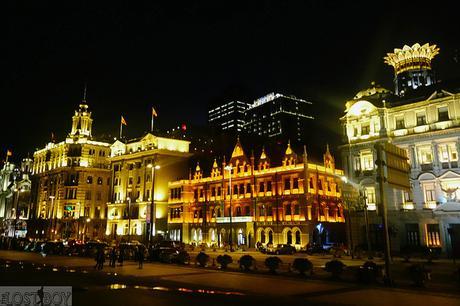
The word bund, according to Oxford Dictionary, is synonymous to embankment or causeway. Unwittingly, we’ve been encountering the word in its various forms, as with Bandar Seri Begawan in Brunei and Banda Aceh in Indonesia. However, the Bund of Shanghai (Wai Tan) owes its name to the British who established a settlement there.
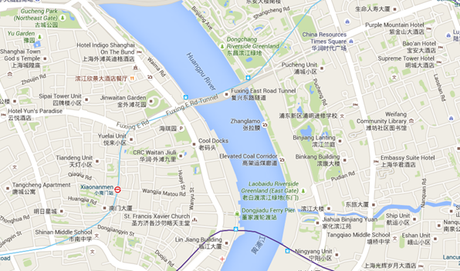
From the 1800’s to pre-World War II, the British developed the Bund, a one-mile stretch by the banks of the Huangpu River, as one of East Asia’s major financial centers. As such, it hosted numerous financial and commercial institutions housed in magnificent buildings. Buildings were erected using the Beau-Arts style of architecture, a neoclassical movement taught at the École des Beaux-Arts in Paris influenced by French and Italian Baroque, Rococo, impressionism, and realism.
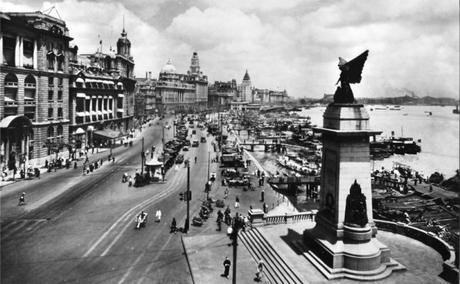
Photo credit: Wikimedia Commons
Although withstanding wars and the different periods of Chinese history, the buildings at the Bund have been repurposed in line with the prevailing political climate. However, as China’s hardline communist policy gradually softened throughout the years, the buildings have been restored to their original purpose—to house banks, trading houses, embassies, and hotels, among others. Further, the Bund has been developed as a tourism attraction in itself.
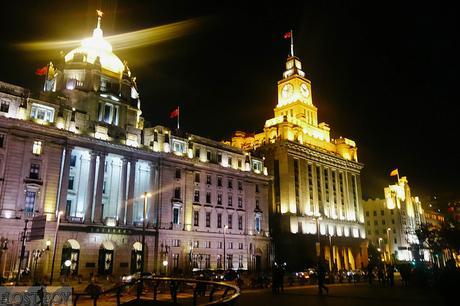
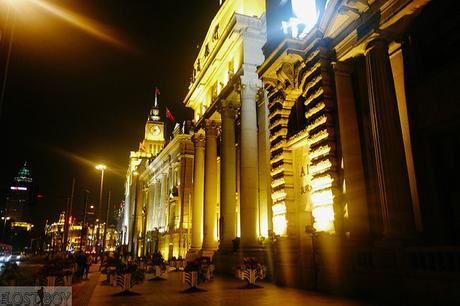
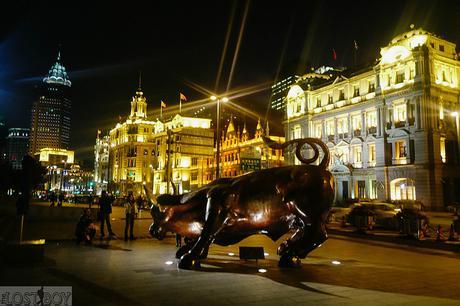
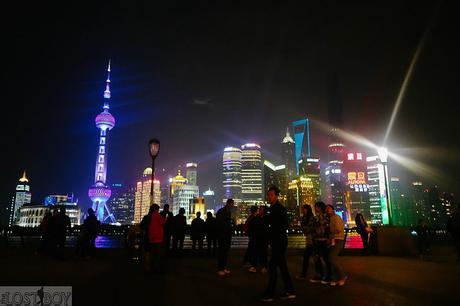
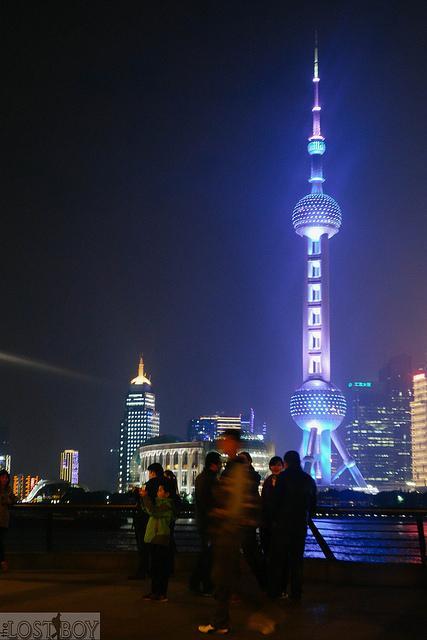
A walk along the Bund is both fascinating and fulfilling that we had to go there twice—once at night after shopping at Nanjing East and once in the morning after taking a tram across the tourist tunnel. At night, the lights of the buildings and the Pudong skyline are a fantastic sight, while in the morning, simply walking along the Bund, ice cream in hand, is a pleasant experience.
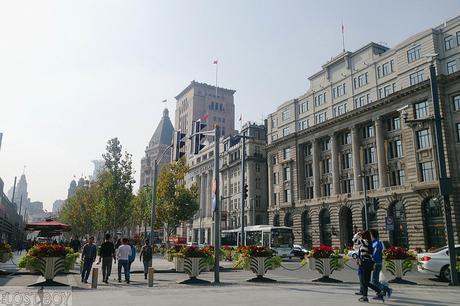
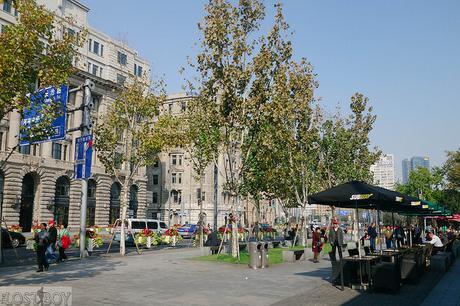
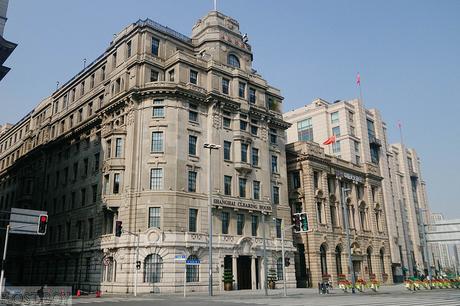
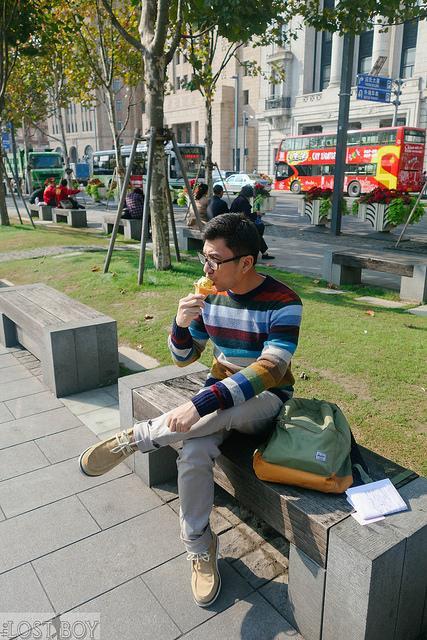
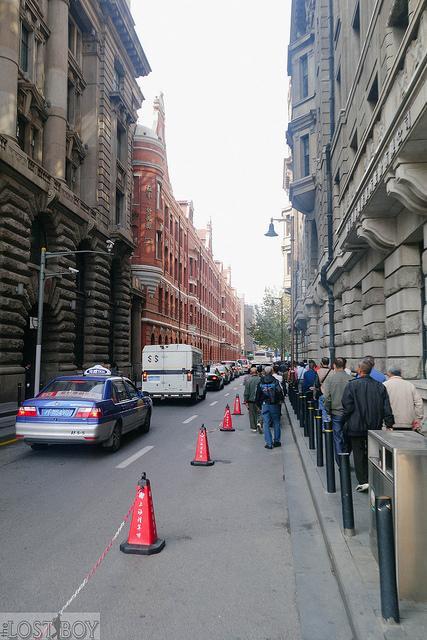
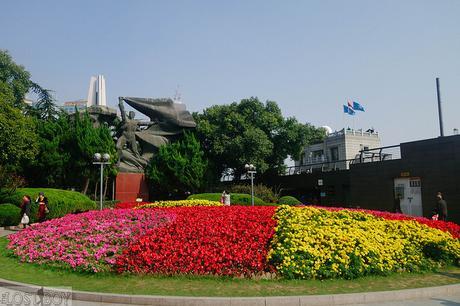
How to get there: The nearest Shanghai Metro station from the Bund is Nanjing East Road, which is less than a kilometer or 10 minutes away by foot. Buses also ply the area. Crossing the river from Pudong, meanwhile, may be done by ferry or a tourist tunnel that runs a tram across.

Cebu Pacific Air, the Philippines’ largest national flag carrier, flies from Manila to Shanghai daily. The outbound flight departs Manila at 8:20 PM and arrives Shanghai at 11:45 PM, while the return flight departs Shanghai the next day at 12:30 AM and arrives Manila at 4:00 AM.
For bookings, call +63 2 702 0888 (Manila) or +63 32 230 8888 (Cebu), or visit www.cebupacificair.com. Get the latest updates and seat sales by following their official Facebook and Twitter accounts.

